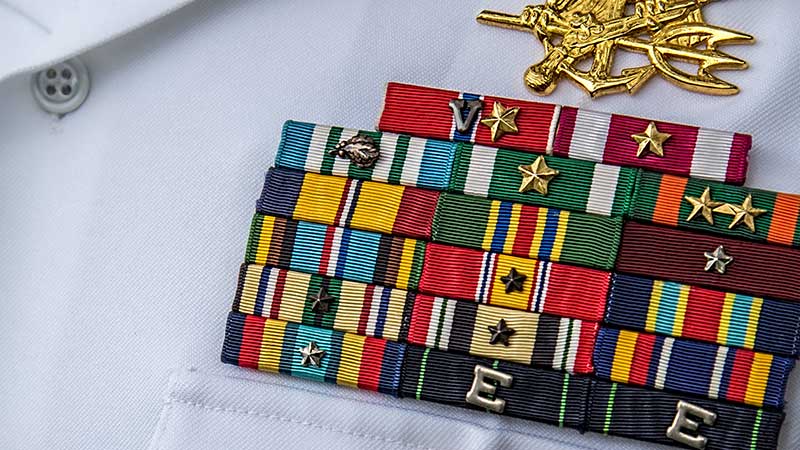
What do Credential Engine and the Navy have in common? In two words, competencies and credentials.
Credential Engine is improving transparency in the credentialing marketplace. The nonprofit group has developed several tools including the Credential Registry to collect, compare, and share information about all types of credentials in the U.S. (e.g., degrees, certificates, industry certifications, microcredentials, licenses, apprenticeships); and the Credential Transparency Description Language (CTDL), a common language to describe information about credentials.
The Navy trains sailors to prepare for work on ships, submarines, bases, and supply sites using many tools it has developed ─ competencies, curriculum, assessments, credentials, and ratings that qualify sailors for specific tasks. These tools, in turn, are linked to an array of technical manuals, engineering drawings, parts lists, and maintenance plans designed to help sailors carry out their tasks. To maintain training programs that support relevant learning, changes to training and maintenance manuals must keep pace with the speed of change in the field. To meet this challenge, the Navy’s Sailor 2025 initiative will focus on improving and modernizing Naval systems with two key goals: ensuring its training systems are well linked and managed, and help sailors move into civilian jobs when they leave the military. Both require that competencies and credentials acquired in the military are transparent and easily tracked.
In response, a new research agreement formalized between Credential Engine and the Navy’s Manpower, Personnel, Training, and Education Unit is based in the recognition that the Navy may be able to use the CTDL as a typology to update its internal systems. The partnership launches this month with a complex to-do list:
- complete a gap analysis between the CTDL and Navy Task Classification Taxonomy;
- map the CTDL to Navy specs that support data linked to various components of its training artifacts;
- link the CTDL with all Navy competencies in its linked data classification and curriculum (e.g., “courses”); and
- connect the CTDL to competencies in the Navy’s Maintenance Task Analysis.
The challenging R&D work will begin with efforts to map surface fleet system maintenance procedures at the Naval Surface Warfare Center, Port Hueneme Division. These efforts may then be expanded. The Defense Department has awarded $3 million toward this work, and Credential Engine will participate supported by funds from Lumina Foundation and Northrup Grumman.
The Credential Engine/Navy partnership is big news. If it succeeds in aligning two competency and credentialing systems, it will be even bigger news: Credential Engine could incorporate Navy credentials into the Credential Registry; the Navy could update its internal systems using a common credentialing language; civilian organizations could better understand Navy credentials; and those leaving the service could transition more easily into civilian jobs.
